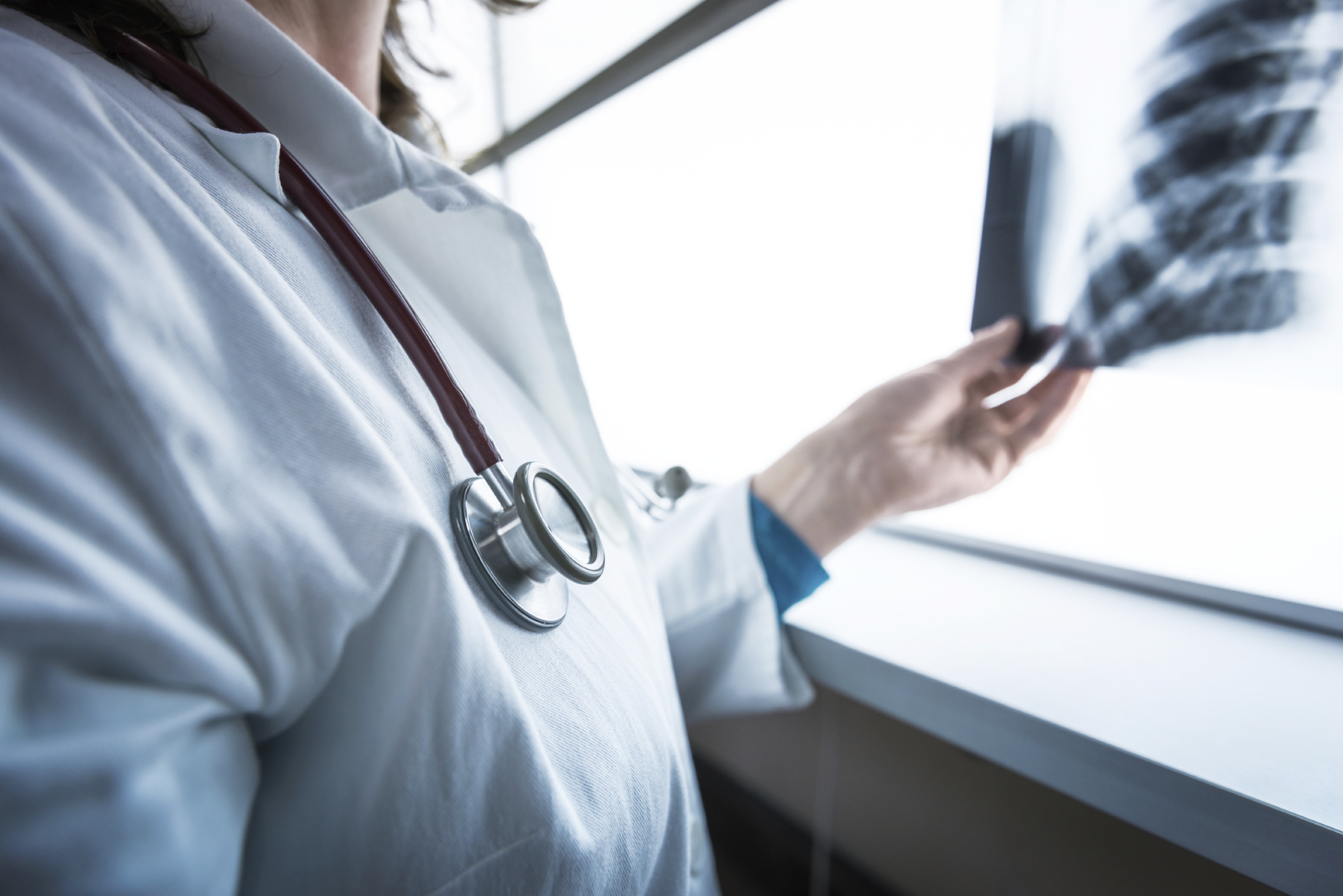
The charity said that the number of people who are diagnosed with the disease in the UK has risen by 12% since the mid-90s.
Between 2011 and 2013 there were 603 cases diagnosed out of every 100,000 people living in Britain – this compares to 540 per 100,000 people between 1993 and 1995.
In 2013 there were about 352,200 people diagnosed with cancer in the UK – with 179,000 men diagnosed with the disease compared to 173,000 women.
But the charity said that even though the chances of getting cancer have increased, the chances of surviving the disease have also climbed.
Earlier diagnosis, screening programmes, better tests and treatments have all led to the chances of surviving cancer doubling over the last 40 years.
“People are living longer so more people are getting cancer,” said Nick Ormiston-Smith, Cancer Research UK’s head of statistical information.
“But the good news is more people are surviving their cancer.
“There’s still a huge variation in survival between different cancer types and there’s a lot of work to do to reach Cancer Research UK’s ambition for three in four patients to survive their disease by 2034.”
Professor Peter Johnson, the charity’s chief clinician, added: “People often think cancer is down to their genes or just bad luck. Although genes do play a role there are still many things people can do to reduce their cancer risk. The most important is to not smoke. Most people know smoking causes lung cancer, but it’s also linked to at least 13 other types.
“We also know that maintaining a healthy body weight, exercising and eating a healthy balanced diet is important.
“There is no guarantee against cancer but there are things we can do to make us less likely to get it, and things that the Government can do help us to make the right choices and protect future generations.”
READ MORE
‘Extraordinary’ results in cell treatment to combat cancer
Former NHS boss fears his son developed cancer from football training on plastic pitches

Enjoy the convenience of having The Sunday Post delivered as a digital ePaper straight to your smartphone, tablet or computer.
Subscribe for only £5.49 a month and enjoy all the benefits of the printed paper as a digital replica.
Subscribe